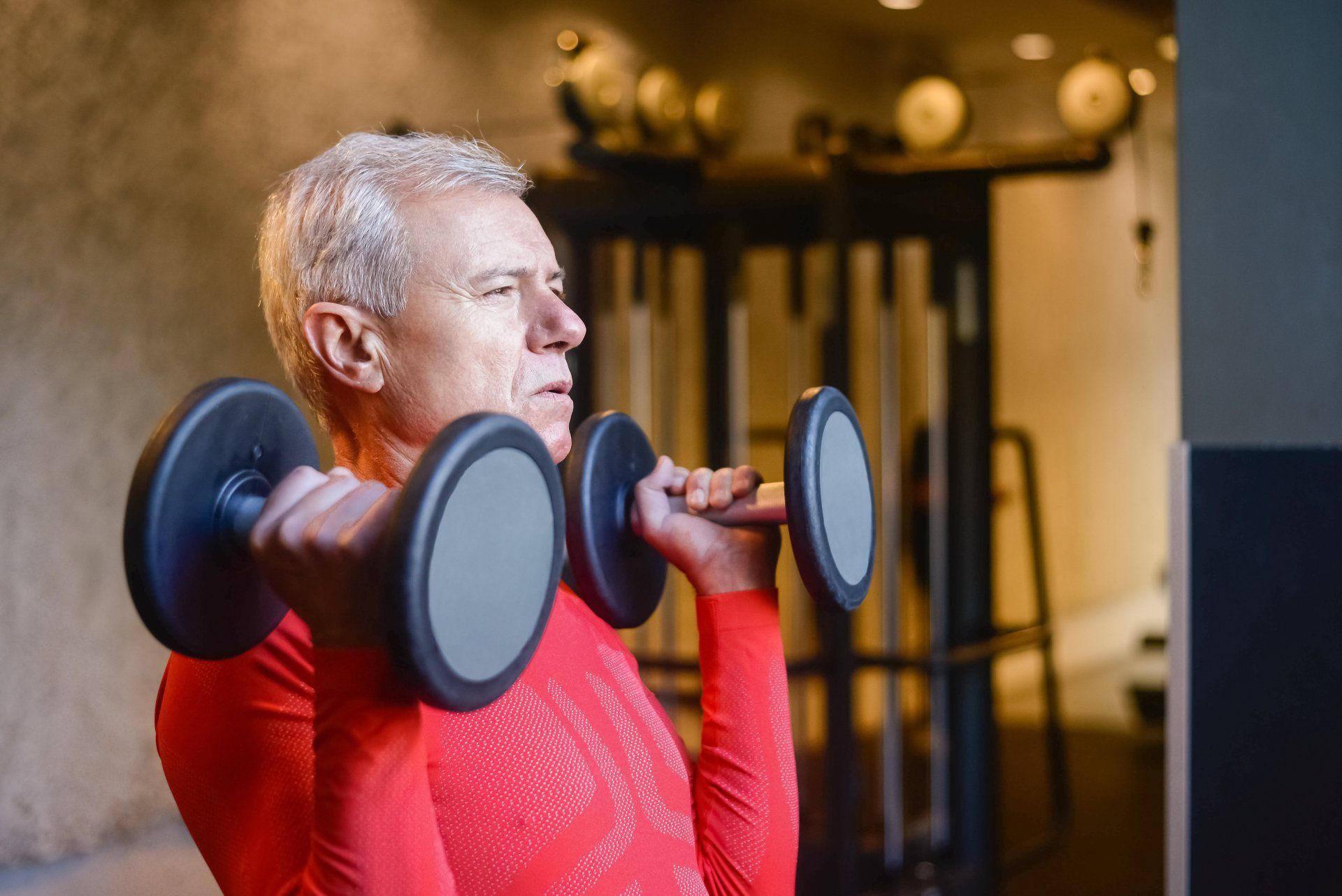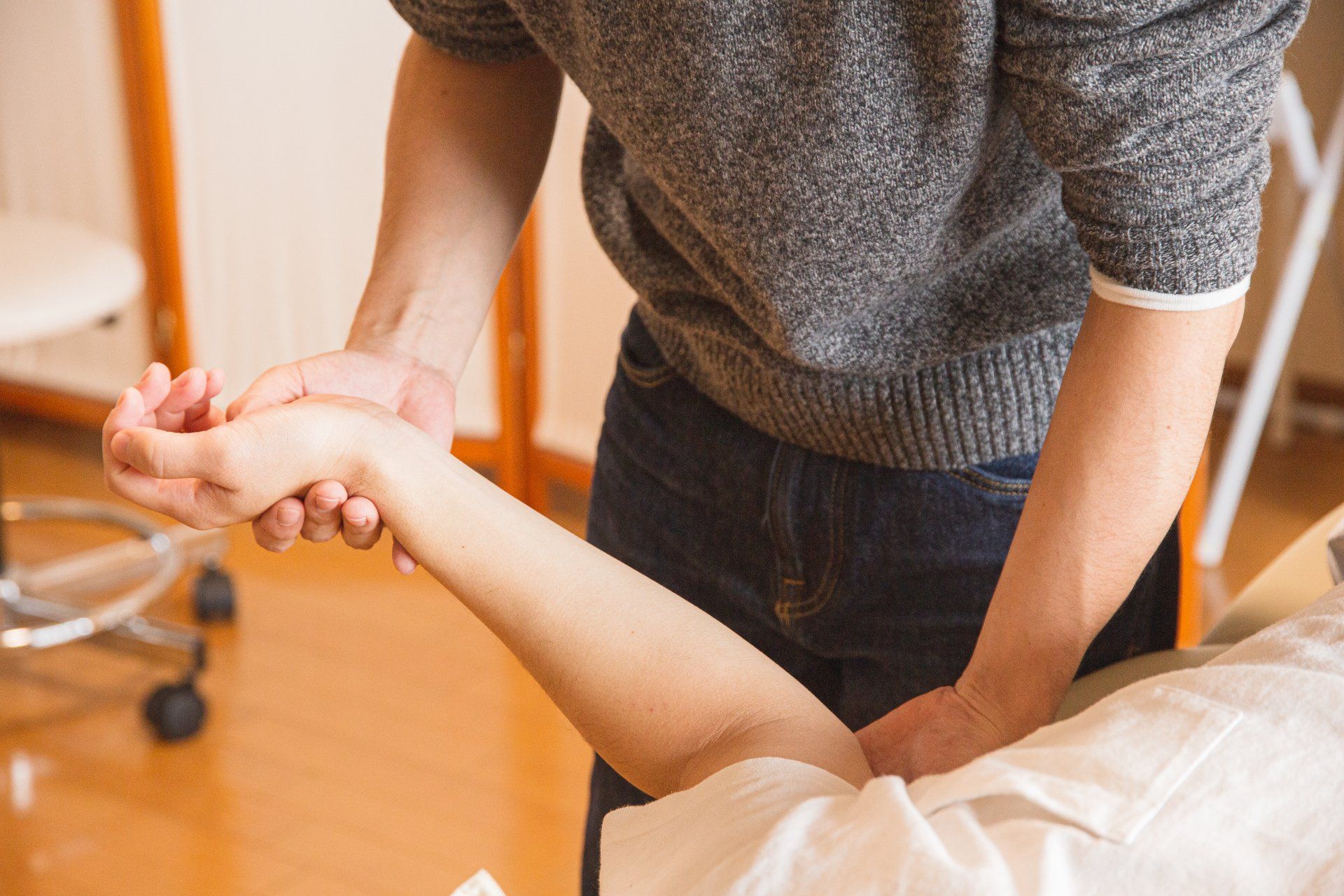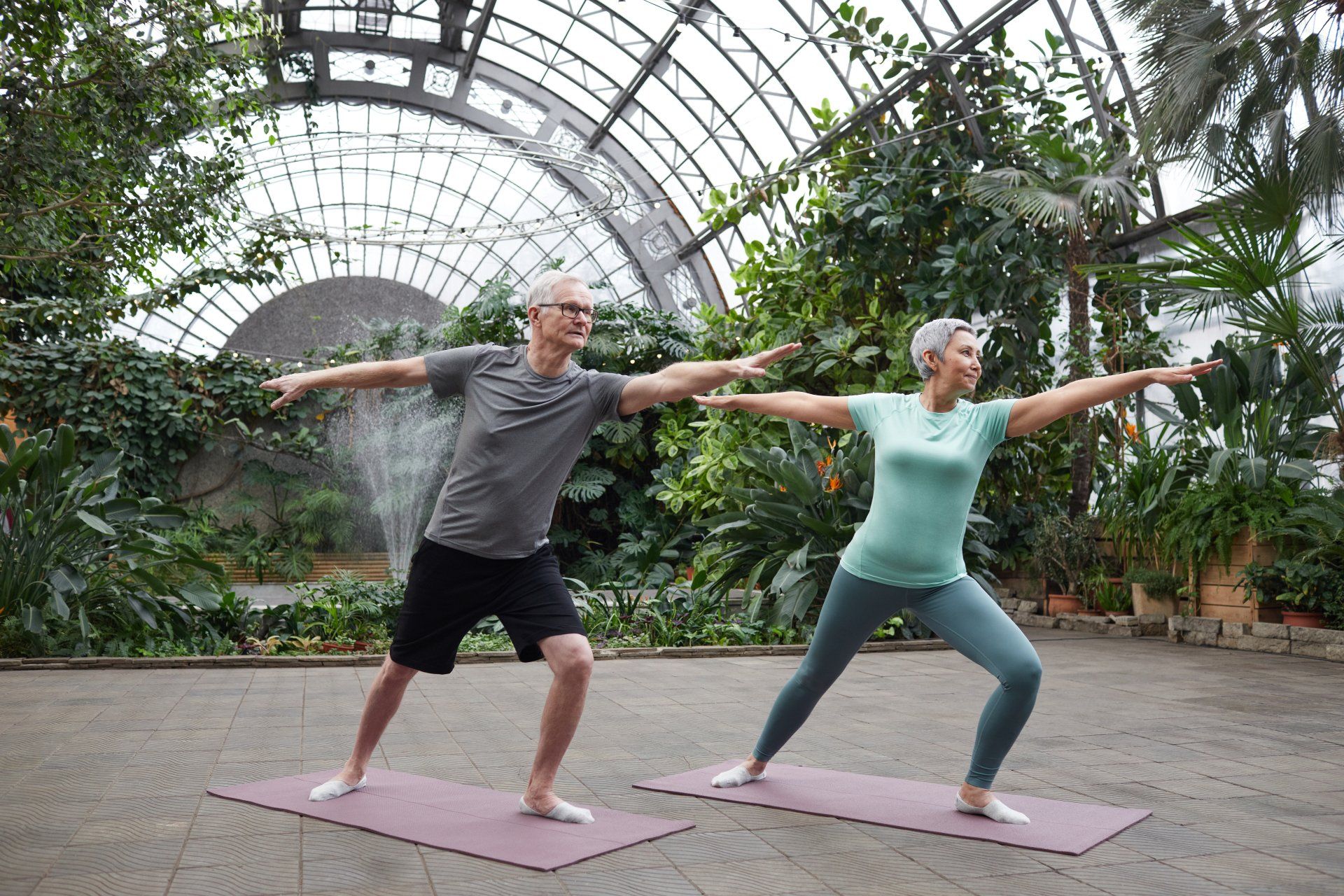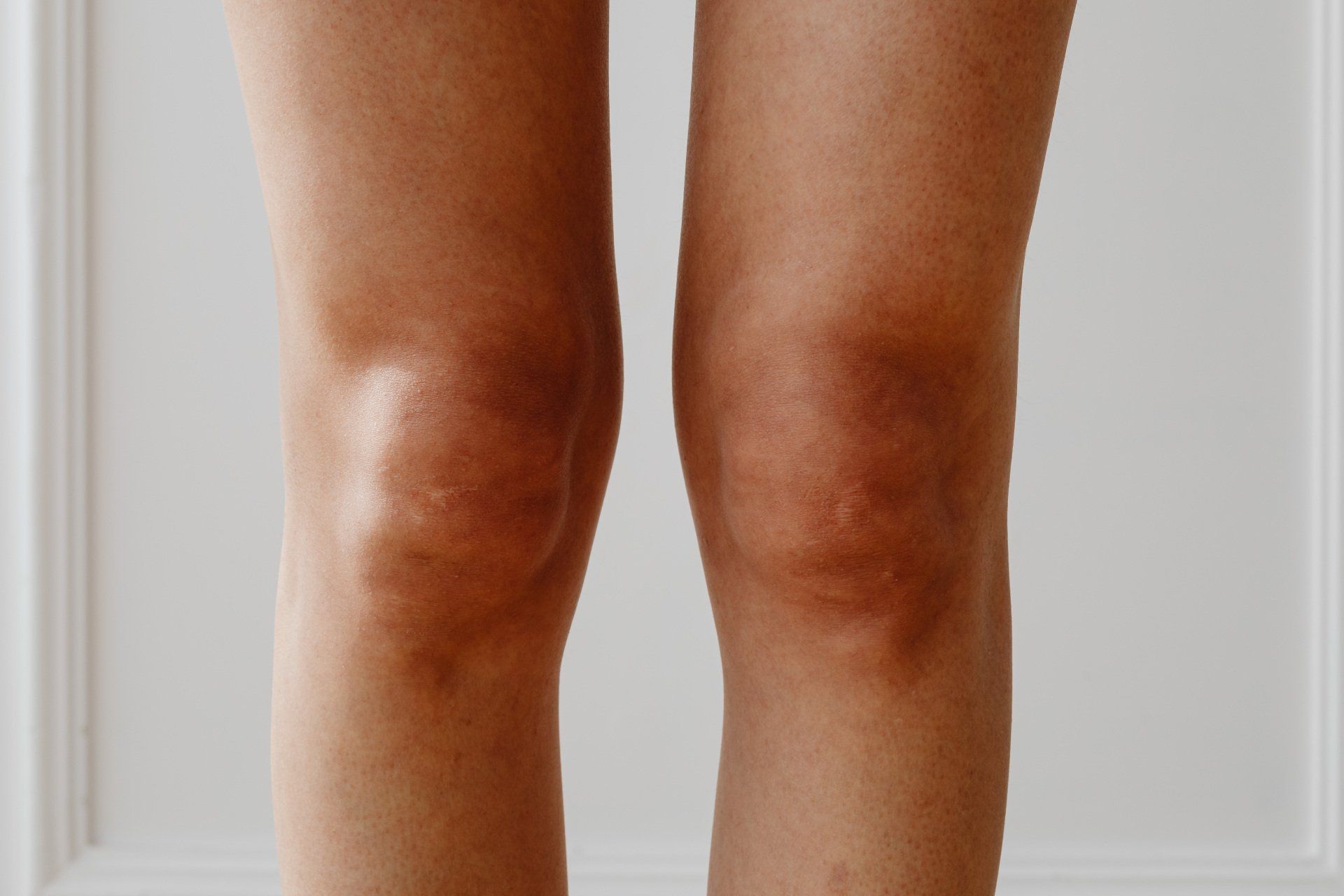INSIGHTS
We want you to know what we do. Below Dr. Lefkowitz shares his thoughts with you. This section is designed to encourage benefits to your body and improvements in your health. At Colony Orthopaedics, we care to share.

Sometimes people see a doctor simply because treatment is needed to make uncomfortable symptoms go away. Sometime it is because there has been an injury that needs evaluation. But it can be more complicated than that. People worry about what is causing their symptoms (“Could I have cancer?”) or because troublesome symptoms have caused uncertainty (“How will I be able to support my family when I have pain that won’t let me work?” Or even: “Will I have to cancel my trip?”). Yet patients sometimes feel that their doctor does not understand what is troubling them or, worse, that their doctor isn’t listening. I sometimes hear people say things like “My doctor is a terrific doctor but he doesn’t have time to talk with me”. It is true that medical care has changed in recent years. During the past few years, doctors have been under increasing pressure to see more patients, spending less time with each patient. It can be tempting for doctors to order tests as a substitute for listening to, and talking with, their patients. And patients change doctors when they relocate or when insurance coverage changes. The result is that it may be difficult for patients and their doctors to get to know each other. Sometimes a patient may not be satisfied when a doctor makes the diagnosis quickly, but does not recognize the patient’s need for explanation and discussion. Some patients leave their doctor’s office unsatisfied, feeling that they have not been understood. Certainly doctors should work to prevent this, even when they are rushed. Yet it may be that the doctor cares, but sometimes does not communicate effectively with the patient There are things that a patient may be able to do. Prepare for the visit to make it efficient. Know why are you are coming to see the doctor. Organize the story. What is the major problem? How and when did it begin? What makes it better? What makes it worse? What else is not right? Bring a list of medications, including “supplements”. Bring any X-rays, reports and test results that may be significant. Try to understand what the doctor says. Listen carefully. Tell the doctor if things are not clear. Ask questions. You might consider having someone with you to hear what is being said. Don’t be afraid to talk to your doctor. If you leave your doctor’s office feeling unsatisfied because you weren’t heard, or didn’t understand, you should tell your doctor. If necessary, make an appointment to have further discussion. A relationship with your doctor that isn’t satisfying your needs might be made to work. If you, the patient, are able to tell your doctor what you are feeling and are able to identify your needs, it can be worth that effort.

As we get older we tend to get tired more easily. Many of us have gained weight over the years. We tend to get stiff. We develop pain. We are more susceptible to injury and the effects of injury are more difficult to deal with. We develop medical illnesses that can be debilitating. But we don’t always remember that time has passed and that we have, in fact, gotten older. On the other hand sometimes we over- react to being older and walk away from activities that might be fun. And sometimes we stop exercising. THE “EPIDEMIC” OF AGING There have always been some people who lived to be old. More of us now get there.

Actually, it could be broken. Even if the arm (or hand or leg or foot) can be moved. The word “fracture” means “broken bone.” Bones can break in different ways, some fractures being more of a problem than others. For example, a small break in a bone may be painful, but all that may be needed is keeping the bone from being re-injured while the fracture heals. In contrast to that situation, a “displaced fracture” in the middle of a long bone, such as the femur (thigh bone), may be very unstable and actually require surgery. To treat a fracture that is not out of place, all that may required is a splint or cast to protect the fracture while it heals. If the fracture is out of place, it has to be “set“ (the technical term is “reduced.” If the bone is unstable or the fracture can’t be reduced, an operation may be needed.) What needs to be done depends on which bone is broken, and whether the break has left the bone unstable or out of place. The age of the patient and the presence of other injuries or illnesses may make a difference in what should be done to treat a fracture. When someone has been injured and has pain in a leg or an arm, it really is important to find out why there is pain. There could be a fracture. X-rays are often needed. Sometimes, even without an X-ray, it is obvious that there is a fracture. Sometimes examination suggests that it is unlikely that there is a broken bone. When there is a fracture that is “displaced” usually it can be seen on X-ray. But if the fracture is not displaced it may not be show on an X-ray. Follow up X-rays may be needed a week later. Sometimes an MRI is needed to be sure that there is no fracture. When a bone is broken, surrounding muscle and tendons (soft tissue) are usually injured as well. In fact some of the pain that is produced when a bone is broken may be coming from the associated injury to soft tissues. Bleeding into the surrounding area may produce “black and blue” discoloration. As a fracture begins to heal, it is important that stiffness be avoided. Proper rehabilitation is required to allow the fracture to heal while avoiding adhesions and stiffness.

There are three general types of exercises: exercises to strengthen muscles, exercises to stretch muscles and tendons; exercises to improve endurance. Strengthening is an active excercise of muscle. That is, work is done by the muscle and this results in an increase in the size and number of the fibers that make up a muscle. Stretching, on the other hand, is a passive exercise of muscle. That is, something is done to the muscle. Stretching is most important after exercise. At that time muscles which have been working have shortened. Stretching lengthens the muscle, restoring the muscle to its full resting length and preventing adhesions from forming with the muscle in a shortened position. For most people vigorous stretching before exercising is not a good idea. Stretching really can’t accomplish much when muscles are cold. There is some evidence that vigorous stretching done before competition can actually diminish athletic performance since stretching can temporarily interfere with the ability of muscle to react quickly and contract forcefully. Most important, vigorous stretching can actually produce damage to muscle fibers. Warming up involves muscles contracting and doing work. Warming up before an exercise activity is important. To warm up, an activity should begin at level that is “easy”. A runner, for example, about to run several miles, might simply start the run slowly, waiting until muscles are warm and used to working before making a strenuous effort. Passive stretching should be done after exercise. Even routine activities involve physical work, such as walking around or standing or even sitting at a desk. At the end of a day muscles may be sore from being used and stiff from not being moved. Stretching at the end of the day makes sense. Warm up by beginning the activity slowly. (Passive) stretching after exercise and at the end of the day. Your comments would be welcomed

As we get older, even long before we are “really old,” we sometimes get out of the habit of exercising. We may get sore and stiff and tired when we do exercise. We may have gained weight over the years. As the demands of job and family compete for time, it is harder to find time to exercise. We sometimes develop medical illnesses that are temporarily debilitating. The decreased level of exercise leaves us deconditioned, “out of shape”. And any attempt at getting into an exercise program can be difficult, uncomfortable and frustrating. Activities that used to be fun become a chore. People are living longer. How can we live most productively as we get older? We can participate in activities we enjoy, such as skiing, tennis, hiking, basketball, even as we get older. But to do this, it is important to maintain flexibility, endurance, strength and balance. We need to exercise on a regular basis. People who do exercise regularly have more energy, increased mental alertness and handle stressful situations better. Increased flexibility and endurance means less soreness after physically demanding activities. Eating appropriately is important. People who start to exercise regularly look more vigorous and may begin to lose weight without consciously dieting. How can I do it? The short answer is “just do it”. For some of us there is a moment of sudden and profound awareness: “what happened to me? I used to . . . .” And this is followed, finally, by a resolve to “get in shape”. Even before this kind of moment, many of us have begun to consider that it might be possible to make things better and that it is time to begin exercising. The first step needs to be the commitment to do something important for yourself. It could start with setting aside time to exercise and then actually starting to do the exercise. How about just walking three times a week, twenty minutes each time? Use a watch. It is important to measure. Ten minutes out and ten minutes back. How far did you get? Three times a week. Every week. No excuses. Start simple. Get into it. Later it can be modified. Other exercise can be chosen. You’ll figure it out as you get into it. The best exercise is the exercise you actually do. Not the one you really mean to do but don’t quite get to. Don’t push. Just do it. Start with twenty minutes. Three times a week. Every week. Do it. Exercise. On the road, at the track, at home on a treadmill or a bike, at the gym. Trainers and Physical Therapists Having an appointment to meet with a professional can provide a focus and make the commitment to exercise easier to fulfill. A skilled trainer or physical therapist watching you and working with you can develop an interesting program of exercise that is appropriately challenging but not debilitating. Physical therapists generally begin conditioning by being focused on a medical problem, such as a painful knee or shoulder or an aching and stiff lower back or neck. This might be covered by insurance. Sometimes patients are referred to a physical therapist and find that they are enjoying the process. They make the commitment to exercise and transition relatively automatically to a general conditioning program. At this point a trainer can be very helpful. What’s next? How hard is the exercising? Any problems? Any pain? At first there may be some aching after exercise. It should pass without needing much medication. Pain while exercising?: stop. That pain may need to be checked by a physician. It would probably be wise to see your physician for a general checkup as you begin an exercise program. At some point — not too soon — it may be time to increase the exercise. You may be finding that you walk further in the same amount of time. Begin to push speed a little. Same amount of time. How far can you go.? After a while, increase the time. Find a more challenging route with hills. Figure it out and work it out. Pain while doing it: stop. Mild aching after: probably OK. If in doubt, get it checked out. Once you are into it, you can refine your program, change the exercise that you do. After exercising, you’re not done. Stretching after exercise is really important. Even without any special knowlege, try to figure it out. Stretch on your own. Take two or three minutes. Lean forward with hands against a wall, heels on the ground to stretch calf muscles. Bend forward gently heading to your toes to stretch the lower back and hamstrings. Why? It makes sense to “be in shape”. This requires exercising to build endurance, increase strength and improve flexibility and balance. Activities become more fun and can be shared with people who matter, even as we get older.

